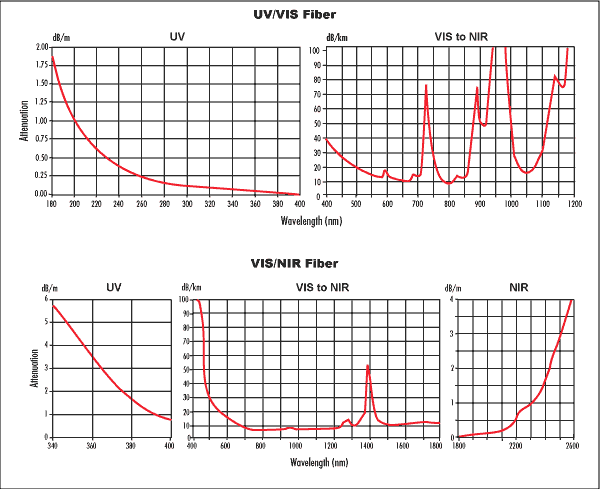
Les Fibres Optiques Gainées sont idéales pour les régions de l’UV/Visible et Visible/Proche IR du spectre non couvert par nos fibres optiques plastiques. Ces fibres ont un coeur et une gaine en silice fondue, ainsi qu’un polymère pour une protection additive. Les diamètres des fibres de 50 μm à 600 μm supportent une haute température, force élevée, alors que les fibres d’1 mm sont concentrées avec du nylon pour une plus grande protection. Les Fibres Optiques Gainées sont proposées en fibres UV/VIS ou VIS/NIR dans des longueurs de 10 et 25 m, de 50 à 600 μm.
Remarque : Les embouts des fibres ne sont pas polis.

1-800-363-1992
ou consulter les numéros d’autres pays
facile à utiliser
entrer les numéros de stock pour commencer
Copyright 2025 | Edmund Optics, Ltd Unit 1, Opus Avenue, Nether Poppleton, York, YO26 6BL, UK
L'entreprise Edmund Optics GmbH en Allemagne agit comme un mandataire d'Edmund Optics Ltd au Royaume-Uni. Le titulaire du contrat est Edmund Optics Ltd au Royaume-Uni.